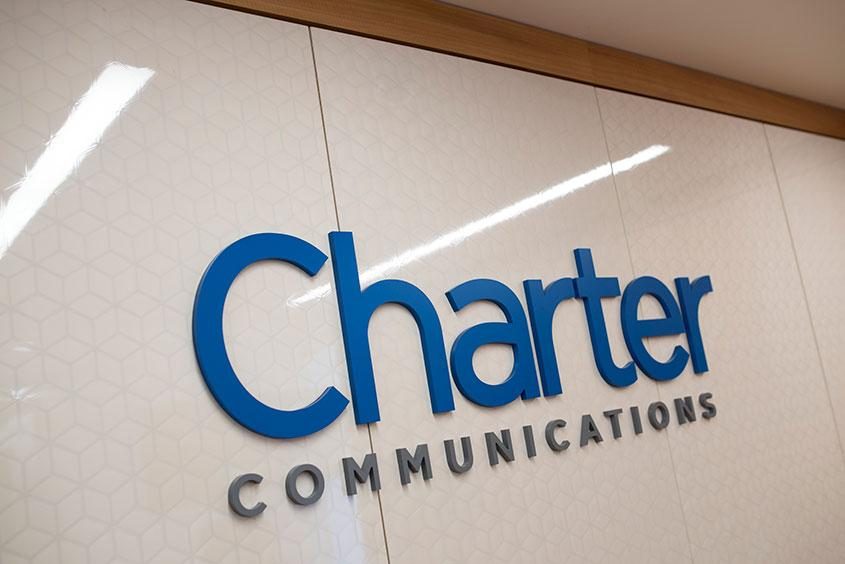In Q4 2022, Charter Communications outperformed its main four competitors in terms of broadband customer growth. Analysts questioned the operator’s decision to pursue asymmetrical network upgrades in the face of symmetrical multi-gig fibre competition, but officials nonetheless found themselves on the defensive during an earnings call.
In the quarter, the operator attracted 105,000 internet subscribers. Charter released a fixed broadband net add statistic that was better than those reported by Frontier (75,000 net adds), Verizon (37,000, excluding fixed wireless), Comcast (26,000 loss), and AT&T, even if it was down year over year from 190,000. (43,000 loss).
Lower market activity, according to CEO Chris Winfrey, is still having an impact on gross adds. He noted that Charter, although competing with overbuilders, is doing well and anticipates its rural builds will be a growth tailwind over time.
CFO Jessica Fischer noted that Charter expects to build to around 300,000 subsidized rural locations in 2023, marking an increase from the 200,000 or so it passed in 2022. She added it anticipates a net cost per passing of around $3,000 for these projects and penetration rates of around 40% after six months. These subsidized builds will be incremental to its other expansion projects.
But Winfrey and Fischer faced questions about Charter’s long-term prospects given its decision to pursue asymmetrical network upgrades when Comcast is pushing toward symmetrical speeds to match claims from fiber rivals. In December, Charter unveiled plans to cover 15% of its footprint with speeds of 2 Gbps downstream and 1 Gbps upstream, 50% of its footprint with 5X1 Gbps capabilities and 35% with 10X1 Gbps speeds using high-split upgrades and DOCSIS 4.0 technology.
Winfrey asserted that Charter’s approach will allow it to flexibly allot bandwidth, meaning it could, depending on where it sets the divide, offer a 5 Gbps symmetrical service if it wanted to. In order to give 25G or faster fibre connectivity where it is needed, he continued, the company will also deploy a fibre drop as a remote OLT inside its nodes.
Both of these alternatives are still viable, but according to Winfrey, “the upstream demand now is much more of a marketing effort than an actual product need.”
“We have a lot of flexibility, that’s what I think we really like this plan,” he concluded. “We can go fast, we can do it at a low cost, we can reset the up and downstream and we can pivot where we need to go.”
The expansion in Charter’s mobile, advertising sales, commercial, and internet divisions was principally responsible for the company’s 3.5% year-over-year increase in total revenue to $13.7 billion. Particularly, online income increased by 3.9% to $5.6 billion. However, the $1.2 billion in net income that was attributable to Charter stockholders fell by 25.7%. The increase in income tax expense, the increase in interest expense, and the shift in other income were Charter’s main explanations for the decline.
In Q4, Charter increased its capital expenditures from $2.1 billion to $2.9 billion. The remaining $2 billion was invested on the operator’s network evolution and higher CPE prices for advanced Wi-Fi gear, with $928 million going toward line extensions.


